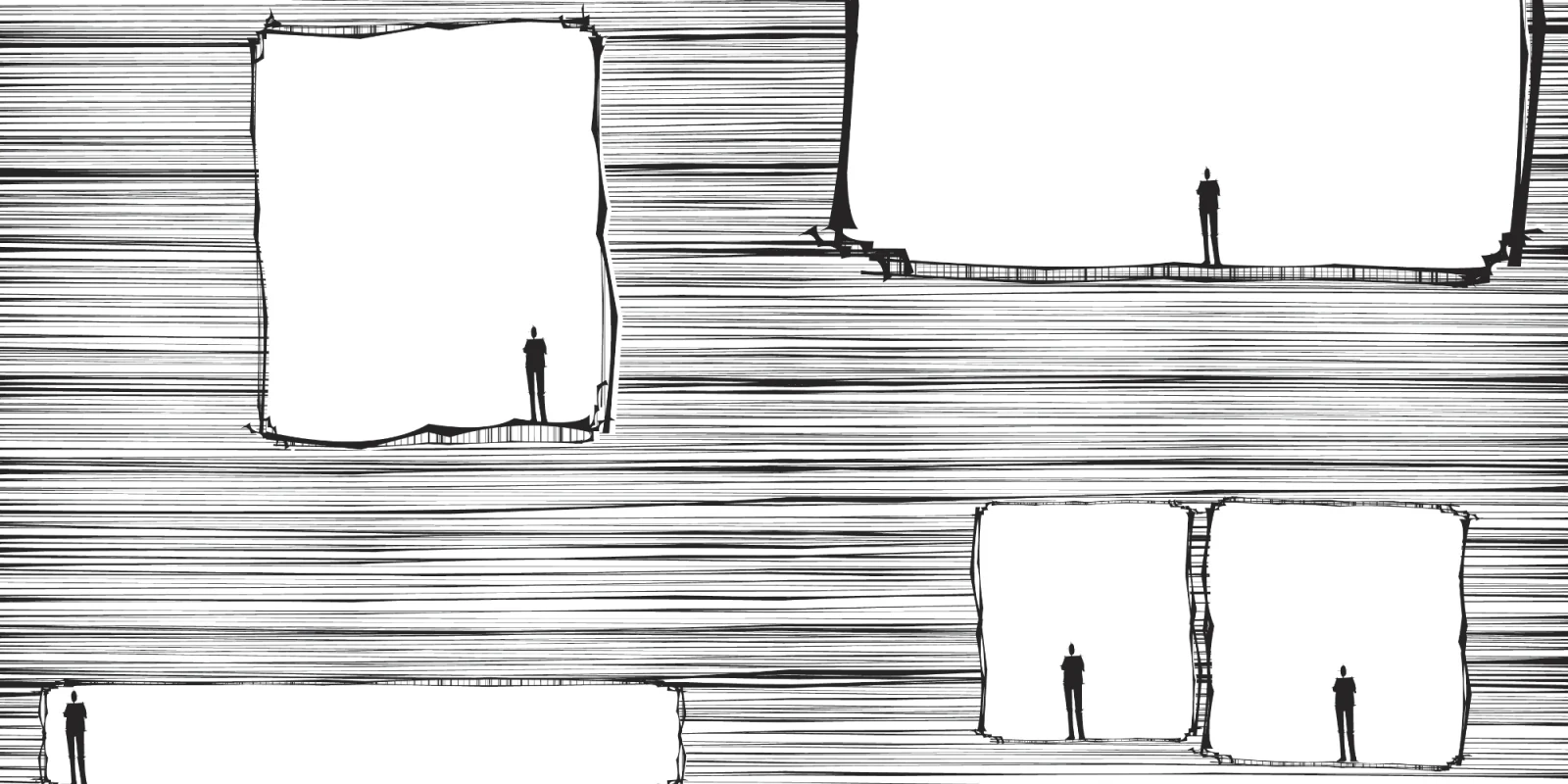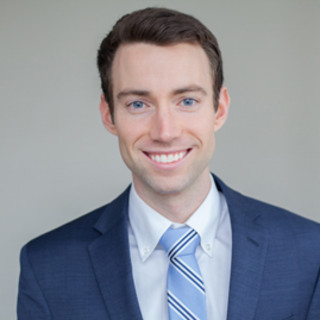
“Incoming Code, five minutes out,” The ER radio chirped.
The resuscitation team assembled in the trauma bay, and waited for the patient’s arrival. 911 had been called by the patient’s family for concerns of a diabetic emergency, but the patient went into cardiac arrest when EMS arrived. EMS began life support procedures on the way to the hospital, and blood began pouring out of the patient’s mouth in route. As a known heavy drinker, it was likely due to ruptured esophageal varices.
Upon arrival to the emergency department, it was clear the situation was grim. The code had been going for 25 minutes with brief periods of spontaneous circulation, and there was blood everywhere. We hooked up defibrillator pads, placed interosseous lines, and continued compressions while the chief resident intubated. We rapidly infused a liter of blood. Epinephrine, amiodarone, and bicarb were pushed as the patient would gain a pulse, then lose it, and the code would continue. Bilateral needle decompressions were placed, and blood poured from the lungs before air eventually released with each bagged breath. We seemed to be reaching the point of futility, so the decision was made to call it after the final round of compressions. We stopped compressions, but had a shockable rhythm.
“Charge to 200. Everybody clear. Shocking.” The patient jerked from the electricity, and he was in sinus rhythm with a strong pulse.
Slick with sweat from doing compressions while wearing plastic trauma gowns, there was a sense of dread in the room. The code had been going on for over an hour, and even if the pulse held, the patient’s chance of ever making it out of the hospital was poor. The room hesitated to see if his heart would continue to spontaneously beat, but it did, so we continued resuscitation procedures and placed a central line and chest tube. How can you stop working when the patient is alive?
30 minutes later the man went into asystole, and never converted into a shockable rhythm. Time of death 23:34.
It was an unfortunate situation that was doomed from the start. Only 10 percent of patients who go into cardiac arrest outside of the hospital survive, but due to that small chance, we continued. Our medical system spends billions on these small chances, whether it be in futile codes or extraordinary measures in terminally ill patients. Patients, families, and physicians all hope that their case is the one that will beat the odds. As physicians, we direct much of this expenditure, and we must ask ourselves where do we draw the line?
Doctors must be conscious about conserving resources, but to advance medicine, we must continually take risks to save lives. This tension is a balance between the acceptance of mortality versus the hope for a breakthrough. We too often lean towards hope.
Striving for breakthroughs stems from a reluctance to have difficult conversations about a patient’s impending death. It is hard for patients and their families to accept these scenarios, and it is also hard for physicians. No doctor went into medicine to tell patients, “There is nothing more we can do for you.” Our reluctance to accept the facts leads to tremendous expenditures and unnecessary pain for our patients. There is a real cost for the often ill-founded hope that our situation is the one that will beat the odds. For sudden situations like my patient, it looks like cracked ribs and painful procedures, and for drawn out cases it involves toxic drugs and time spent in the hospital instead of at home. This physical pain precedes a financial one after the bills come.
The American medical system is striving to do better in grim situations — seen by the rise of palliative care and an increased emphasis on end-of-life discussions preemptively. There is still a long way to go, as every day, patients and their families experience unneeded pain and suffering at a tremendous cost to our health care system. As physicians, we must continually push the limits for our patients, while recognizing the current limitations of modern medicine.
Cameron Todd is a fourth-year medical student at Tulane University School of Medicine. He will begin his Otolaryngology – Head and Neck Surgery Residency at Wake Forest Baptist Medical Center in July. When not in the hospital you can find him outside on his bicycle. He is a 2018–19 Doximity Author.






